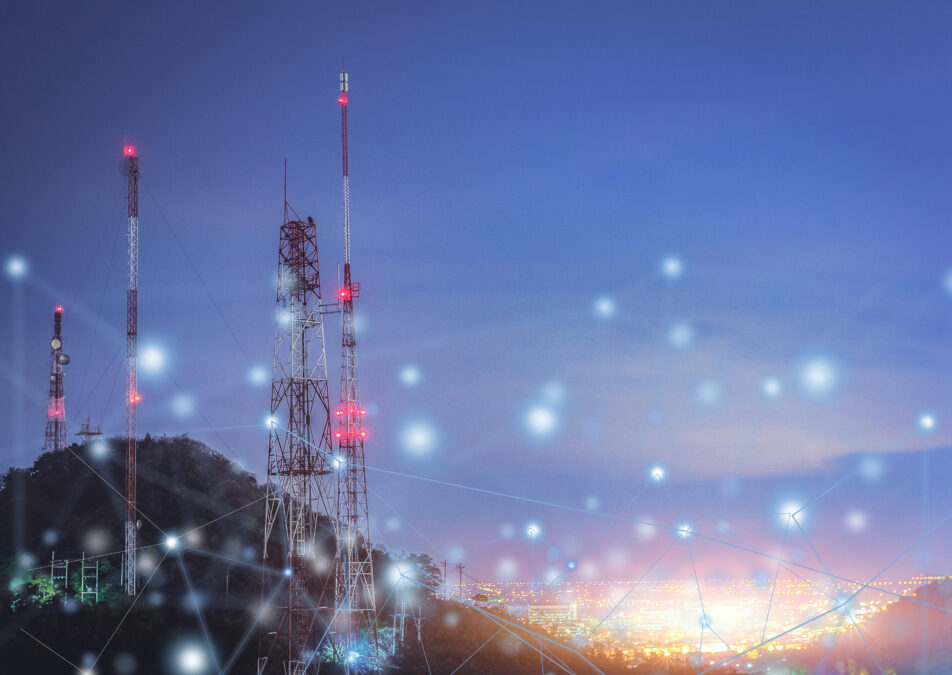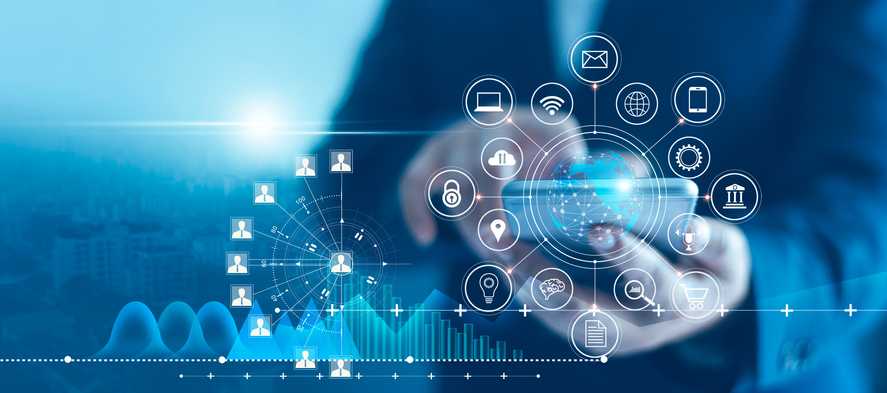What does 5G mean for your business? This Information Age guide to 5G looks at which sectors will be disrupted, what low latency means for those businesses, how 5G will be used by enterprise-level organisations and how it will propel AI
5G, the next-generation cellular network, promises so much: increased mobile bandwidth and speed that will accelerate driverless cars, create smart future weapons to protect us while helping build the metaverse, the virtual reality playground which will revolutionise everybody’s life.
Beyond the hype, the reality is patchy existing 5G coverage in Britain and a cellular technology which mobile operators have been keen to push but with use cases which leave you scratching your head. Sometimes it can feel like a technology in search of a purpose.
This Information Age guide to 5G explains what 5G is, how it works, and how in particular it could help your business.
In particular, this 5G guide will look at:
Business sectors technology will disrupt
What does 5G mean for enterprise business?
How 5G will unleash artificial intelligence
Could 5G’s lower latency boost your business?
Business sectors 5G technology will disrupt
5G with its ultra-connectivity enabled by high data bandwidth, low latency, and high density of devices, will exponentially increase data storage and processing directly using edge computing – distribute data closer to the point where it’s used — and in the cloud.
Business sectors that 5G could disrupt include:
- Cloud investments for financial services
- AI data intelligence for the insurance industry
- Cloud and edge computing
- Medical equipment and telehealth solutions
- Supply chain management
Disruption doesn’t happen immediately of course. As with 4G, at first glance, the use cases for 5G will seem remote and not particularly relevant. But once that 5G passes a tipping point, use cases we cannot even imagine will present themselves, disrupting most business sectors.
What does 5G mean for enterprise business?
5G is among the most hotly anticipated technological leaps in the enterprise pipeline. Can it live up to the buzz and what are the implications for large, enterprise-level data applications?
5G offers big organisations significant data performance improvements on previous iterations of cellular technology such as 3G and 4G. It is faster, with less lag on data transmission and more capacity for throughput.
Compared to 4G, 5G data transmissions speeds could be ten or twenty times faster, particularly in cities and urban environments where it works best. With speed comes capacity – more information travelling via the same bandwidth – and this is where the true potential of 5G lies.
5G enables businesses to deploy more devices and sensors in more locations without investing in the fixed-line connectivity needed for high data consumption and always-on connected use cases.
It will power future smart cities, utilities, transportation, hospitals and smart factories. Home workers, for example, will experience speeds equivalent to those of wired connections. And for big enterprise-level organisations, it will facilitate emerging technologies such as robotic process automation, predictive analytics and flexible, remote working for employees out in the field as well as at home.
5G could prove to be a powerful option for CTOs, CIOs and network directors to support digital transformation for enterprise-level businesses hampered by existing network infrastructure.
If the experts are correct, this new 5G cellular technology will deliver on expectations at enterprise-level –just not in the immediate future.
How 5G will unleash artificial intelligence
Although AI is probably more common than we generally think, its impact has been limited to date. When we use Waze on our smartphone to navigate where we’re going, that’s using AI. But AI’s real impact lies ahead.
The growing importance of AI will go hand in hand with the emergence of 5G. 5G could kickstart the artificial intelligence revolution because this cellular network will in itself create new AI use cases. It enables greater data flows and quicker data collecting, allowing AI to generate more accurate models and predictions. AI and 5G will speed the evolution of a fully connected and intelligent world. The convergence of the two technologies will have an enormous impact on us all, having huge economic significance and will transform business.
How 5G will be used with AI?
So, how specifically will 5G be used to enhance AI? As we have seen, use cases will present themselves. It really is a case of, if you build it they will come. However, experts agree the following areas will see a convergence of AI and ultrahigh capacity 5G:
- Metaverse
- 3D robotic control
- Remote medical monitoring
- Autonomous vehicles
- Equipment maintenance, flagging repairs in advance
Could 5G’s lower latency boost your business?
Latency is the speed at which two points in a network can send signals back and forth. The lower the latency, the more potential use cases there are for cellular technology. 5G’s lower latency can deliver benefits for every sector – increasing the effectiveness and dependability of driverless cars, remote surgery, augmented reality and, more prosaically, online gaming.
Manufacturing use case
When it comes to manufacturing, low latency means immediate warnings about machinery or parts set to fail, lowering the risk of accidents and, when something does break, an immediate response.
For smart factories, 5G will enable real-time activity and maintenance tracking and constant monitoring of equipment from a production and safety perspective, as well as environmental impacts.
Or it could mean equipping factories with machine-vision cameras instead of sensors, diverting capacity to mission-critical applications when seconds count, prioritising network traffic through network slicing – more granular real-time divvying up how to best use bandwidth.
But perhaps the best use case example of the low-latency benefit of 5G is where an enterprise bypasses external telecommunications companies to directly control its own spectrum, network and data, providing that coverage is restricted to a defined area. 5G means no unexpected dropouts or sudden latency slowdown. For example, some IoT applications need extremely low latency or high bandwidth. 5G will enable high-speed mobility and highly responsive real-time applications when combined with edge computing.
The low latency offered by 5G might not be quite the revolution rara-ed by tech cheerleaders, but its impact will nevertheless be profound and wide ranging for many businesses.
Please read on below this 5G guide overview to drill down deeper into each of the topics.
Further reading on 5G and 6G
5G technology disruption – 4 sectors ripe for disruption – 5G technology disruption – four business sectors 5G will disrupt: financial services/insurance, cloud & edge computing, medical and healthcare, and supply chain management
What does 5G mean for enterprise business? – A mobile 5G network promises to be the bridge towards Industry 2.0. But the reality is patchy coverage and a high cost of entry. What should an enterprise business CTO consider when throwing the switch on 5G?
5G and AI use cases – how 5G lifts artificial intelligence – 5G will unleash the potential of AI, says Michael Baxter. But how will AI and 5G most affect our everyday business lives? What are 5G and AI use cases?
Could low latency 5G boost your business? – Low latency 5G means faster input response times between machines on a mobile network, improving their performance – why is that a good thing and how could it help your business?
Tech leader profile: business use cases for 6G – What are the business use cases for 6G? Given how spotty network coverage is for 5G, do we even need a next-generation cellular network? Alan Jones of Blu Wireless explains how cellular networks have evolved, and why 6G will be crucial for the metaverse











